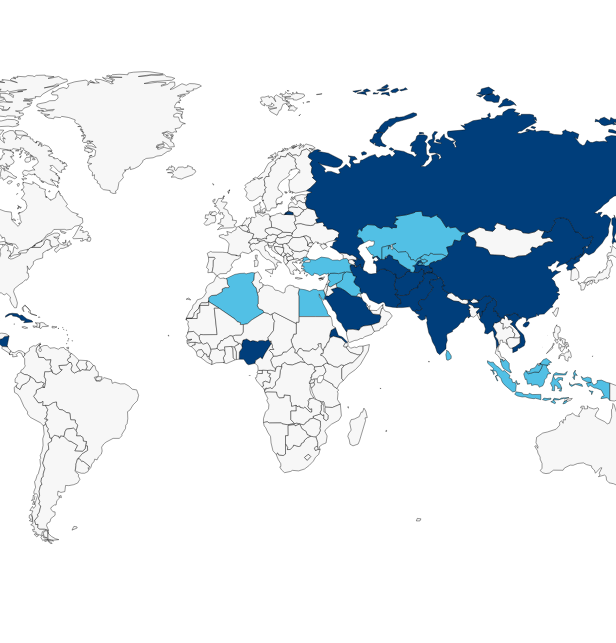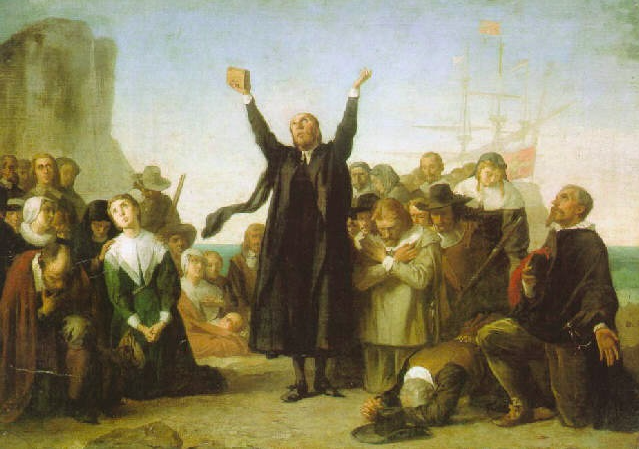As the 20th anniversary of the terrorist attacks of September 11, 2001 approaches, the Religious Freedom Institute (RFI) is looking back on the lessons American elected officials, diplomats, military leaders, national security experts, and religious freedom proponents have learned, and should continue to learn, from what led up to that horrific day and its aftermath. We focus attention, in particular, on the many religious factors surrounding 9/11. This article is the first in a series that RFI is publishing throughout this week.
***
America is reeling from President Biden’s chaotic abandonment of American citizens, our Afghan allies, and religious minorities in Afghanistan. Twenty years ago this very week, America was also reeling when two jetliners smashed into the World Trade Center, a third slammed into the Pentagon, and a fourth crashed in Pennsylvania as its valiant passengers overpowered their Islamist captors.
Where did this all begin? When we look at history, we must be careful not to assign too much credit to any single moment in history, whether it is Osama bin Laden’s radicalization in Afghanistan and Saudi Arabia, his birth, the founding of the Muslim Brotherhood earlier in the twentieth century, the lessons of terrorism associated with the French Revolution, and so on. After all, this could take us on a spiral back to Adam and Eve’s original sin in the Garden of Eden!
There is one consistent theme in violent Islamism over the past three decades: there is a religious justification for violence against governments and private civilians. Western governments have continued to disregard this lesson, which diminishes positive diplomacy and increases risks to U.S. national security.
Too often the West has interpreted the grievances of violent Islamists as originating from so-called “root causes.” Those root causes are always defined as material: not enough jobs, not enough education, not enough opportunity. Such root cause analyses say more about the West and its secular, materialistic orientation than it does about people for whom a religious worldview orients their approach to all aspects of life.
What do the militants of al Qaeda, Daesh (Islamic State or ISIS), Boko Haram, and other violent Islamist groups say about their motivations? In their own words, why do they employ violence?
It is instructive to go back to Osama bin Laden’s famous 1996 fatwa, in which he focuses keen attention on what he sees as the “pollution” of Islam in his home of Saudi Arabia. First, because U.S. troops had been based in Saudi Arabia due to the 1991 Gulf War, he believes that the spiritual purity of “the land of the two holy places” (Mecca and Medina) had been defiled by “crusaders.” Bin Laden believed that Saudi Arabia was uniquely endowed to be a world leader for two main reasons:
The Nobel Ka’ba, – the Qiblah of all Muslims – makes the land of the two Holy Places a symbol for the unity of the Islamic world. Moreover, the presence of the world largest oil reserve makes the land of the two Holy Places an important economical (sic) power in the Islamic world. Saudi Arabia’s ties to the West, therefore, undermine its integrity and its purpose.
Second, he views the corruption of the Saudi government as sinful. Bin Laden cites the “corruption, repression and the intimidation taking place in the country,” and argues that the “competition between influential princes for personal gains and interest had destroyed the country. Through its course of actions the regime has torn off its legitimacy…”
Bin Laden’s analysis of Saudi Arabia, the greater Middle East, and the Muslim world (ummah) can only be properly understood by accepting a religious lens that implicates the authority structures of Gulf countries, the guardianship of mosques in Saudi Arabia and Israel, the rivalry between Sunni and Shia forms of Islam, and a distinction between the hedonism of Western influences and a pietistic retreat to a thirteenth century Islam. Moreover, Bin Laden had learned a key lesson in Afghanistan in the 1980s: if you go to war with an evil empire, young jihadists will flock from around the globe.
Was America prepared for such a catastrophe to strike? It is true that certain members of the intelligence and national security community had warned that violent Islamist terrorists might strike the United States. At one point the Clinton Administration did fire a few missiles into Sudan, hoping to hit bin Laden’s organization.
But, the U.S. foreign policy and national security establishment was not at all ready to take seriously the religious dynamics of the greater Middle East, the motivations spurring terrorists like bin Laden, and the complexities of religion as it was being practiced in the region. U.S. diplomats were not trained to understand the religious sources of action, whether for charity and good works or for exclusion and violence. Similarly, U.S. military personnel were not trained in recognizing trends in religiously motivated violence. While they could identify terrorist groups, they could neither predict the evolution of religious sources for violence nor the internecine violence between Islamist groups.
Unfortunately, the West has continued to underestimate the resolve that religious people have, whether it is the drive to serve the most vulnerable that we associate with Mother Teresa and charitable groups, or the Taliban’s will to fight. The United States – with its legacy of free exercise equality and its rich religious diversity, or what I call “religious capital”* – is uniquely positioned to be a model for a different form of anti-corruption and a different form of service: one based on religious freedom.
* See Eric Patterson, Politics in a Religious World: Toward a Religiously Literate U.S. Foreign Policy (New York: Continuum, 2012).
***
Eric Patterson, Ph.D. serves as Executive Vice President of the Religious Freedom Institute. Patterson is scholar-at-large and past Dean of the Robertson School of Government at Regent University and a Research Fellow at Georgetown University’s Berkley Center for Religion, Peace & World Affairs.
THE RFI BLOG

Myths of Religious Nationalism in America and Abroad

France’s Olympic Hijab Ban Violates International Law And Exacerbates Tensions

RFI Briefs USCIRF on Lessons from 25 Years of U.S. Designating Religious Freedom Violators

Thought Police: Protecting the People from Prayer

A Religious “Delaware”: Establishing a State Haven for Religious Corporations
CORNERSTONE FORUM

Challenges to Religious Freedom in Iraq and the Critical Need for Action

Public Bioethics & the Failure of Expressive Individualism

Religious Liberty in American Higher Education

Scotland’s Kate Forbes and the March of Secularism

